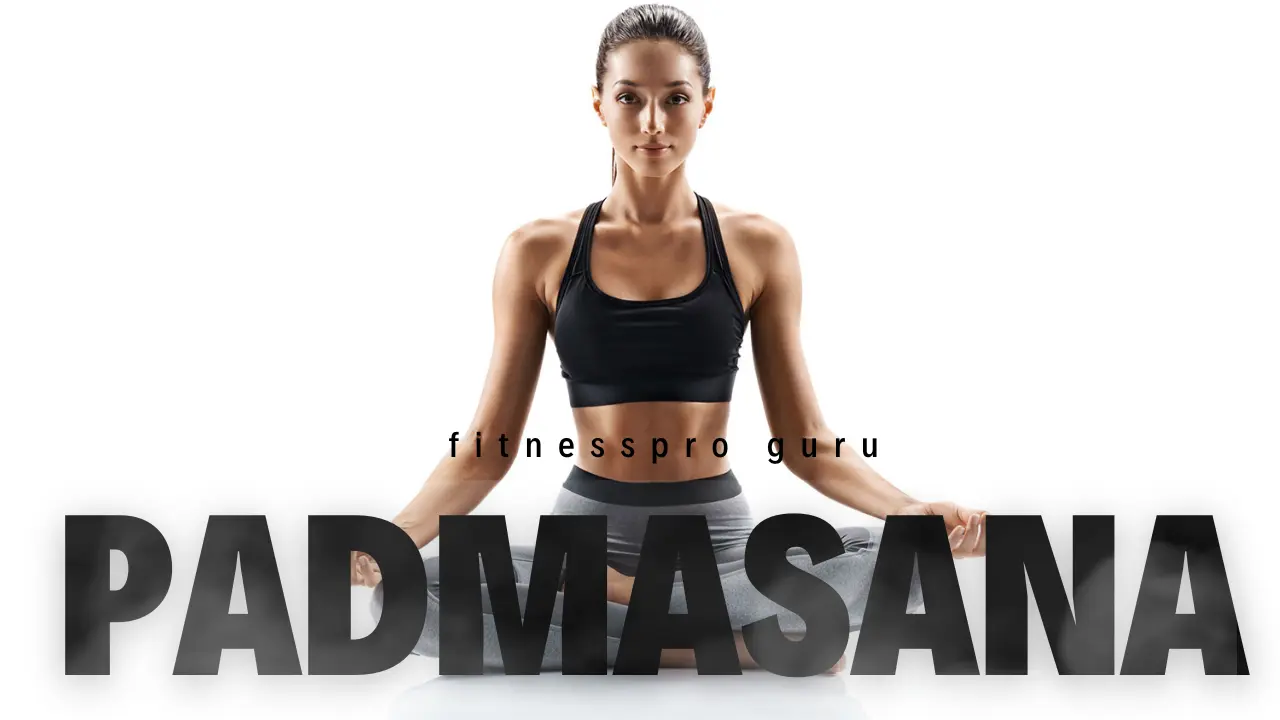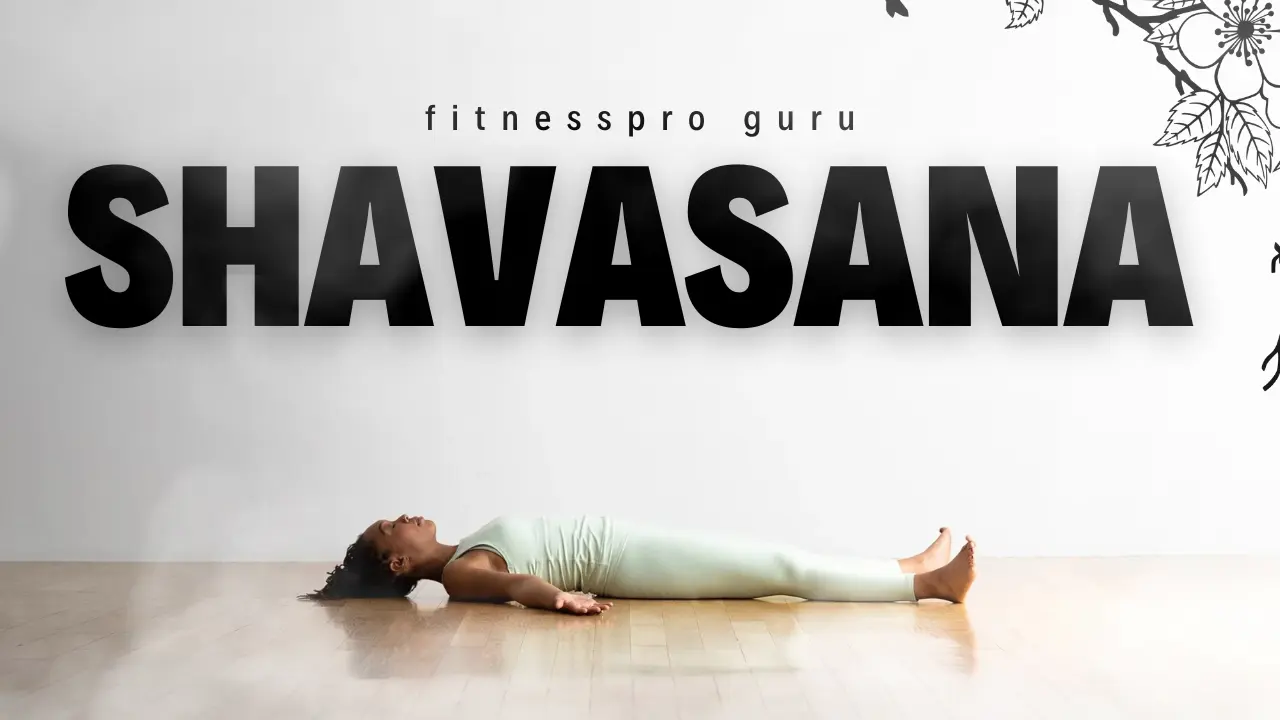
Balasana, also known as Child’s Pose, is a popular yoga posture that is often practised as a resting position during yoga sessions. It is a gentle and calming pose that provides relaxation to the body and mind.
How to do Balasana
Certainly! Here’s a step-by-step guide for performing Balasana (Child’s Pose):
“Delighted Relaxation: Experience Deep Rest with Shavasana, the Corpse Pose”
- Start by kneeling on the floor or on a yoga mat. Your knees should be hip-width apart, and your big toes should touch each other.
- Take a deep breath in and, as you exhale, slowly lower your torso down towards the floor, bending forward from the hips.
- As you lower your torso, extend your arms in front of you and place your palms on the mat. Alternatively, you can keep your arms relaxed alongside your body with your palms facing up.
- Allow your forehead to rest on the mat or as close to the floor as comfortable. If it doesn’t reach the floor, you can place a yoga block or a folded blanket under your forehead for support.
- Relax your shoulders and let them settle away from your ears.
- Take slow, deep breaths. As you inhale, feel your back expand, and as you exhale, allow your body to sink deeper into the pose.
- If it feels comfortable, you can bring your knees closer together, but still, keep them slightly apart if that’s more comfortable for you.
- Stay in Balasana for as long as you like, taking this time to relax and find stillness. You can hold the pose for a few breaths or several minutes, depending on your preference.
- To come out of the pose, slowly walk your hands back towards your body, lifting your torso away from the floor. Take your time and move mindfully, allowing your body to adjust.
- Once you’re back in an upright kneeling position, take a moment to notice the effects of the pose on your body and mind.
Benefits of Balasana
Exclusive Insight: Unveiling the Grace and Stability of Vriksasana (Tree Pose)
- It helps release tension in the chest, back, and shoulders.
- This asana is highly recommended, especially if you have dizziness or fatigue during the day or during your workout.
- This asana helps to reduce stress and anxiety.
- It helps to massage and flex the internal organs in the body, keeping them active and supple.
- This asana helps to stretch and lengthen the spine.
- If this asana is done with support on the head and the torso, it relieves pain in the lower back and neck.
- It helps to stretch the ankles, hips, and thighs.
- It promotes blood circulation throughout the body.
- The tendons, muscles, and ligaments in the knee area are thoroughly stretched.
- It encourages the right way of breathing and calms both the body and the mind.
Precautions of Balasana
While Balasana (Child’s Pose) is generally considered a safe and gentle yoga posture, there are a few precautions to keep in mind:
- Knee or ankle injury: If you have a knee or ankle injury, it’s important to modify Balasana to avoid any discomfort or strain. You can use extra padding under your knees or place a bolster or folded blanket between your thighs and calves for support.
- Pregnancy: If you’re pregnant, it’s advisable to practice Balasana with caution. Modify the pose by separating your knees wider apart to accommodate your growing belly. Avoid putting pressure on your abdomen and listen to your body’s feedback.
- High blood pressure or dizziness: If you experience high blood pressure or dizziness, it’s recommended to practice Balasana with your head and chest elevated. You can place a bolster or folded blanket under your upper body to maintain a more upright position.
- Recent or chronic injury: If you have a recent or chronic injury, especially in your knees, hips, or spine, consult with a healthcare professional or a qualified yoga instructor before attempting Balasana. They can provide guidance on modifications that suit your specific needs.
- Breathing difficulties: If you have respiratory issues or find it difficult to breathe comfortably in the forward bending position, you can try a modified version by keeping your head and chest elevated on a bolster or folded blanket.
Remember to always listen to your body and respect its limits. If you experience pain, discomfort, or any unusual sensations during Balasana, ease out of the pose and seek guidance from a healthcare professional or a knowledgeable yoga instructor.





